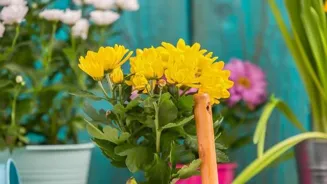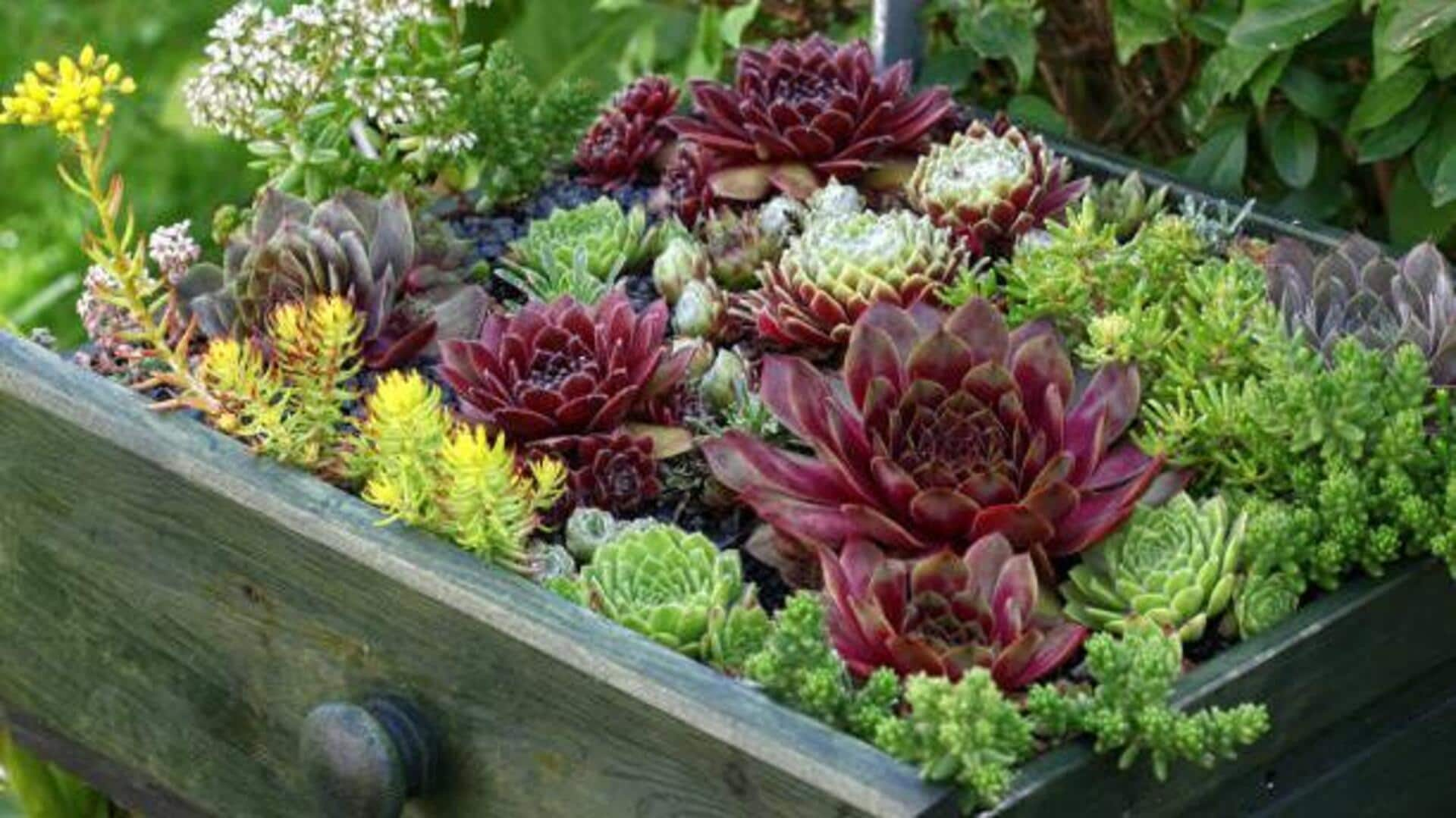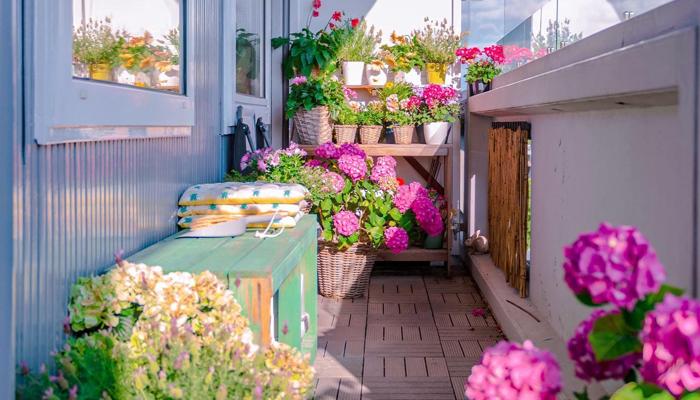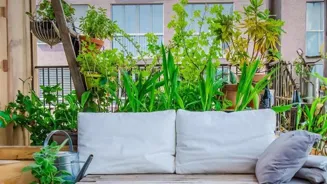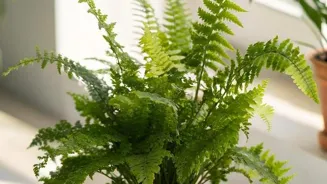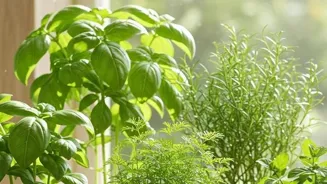Discover 6 Essential Gardening Tips for New Plant Parents, ensuring your leafy friends thrive. Read on for expert advice!
So, you've taken the plunge and welcomed a little leafy friend (or maybe a whole
bunch!) into your home. Congratulations! Becoming a plant parent is a rewarding experience, bringing a touch of nature and tranquility to our often hectic lives.
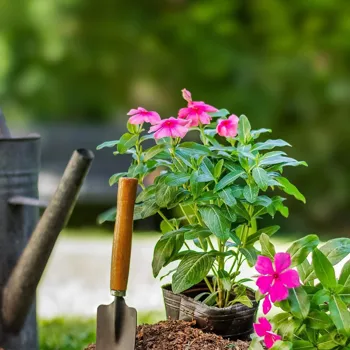
But, just like any new relationship, it takes a little effort and understanding. Don't worry, we're here to guide you through the initial stages with these six essential gardening tips that will set you and your plants up for success.
From choosing the right spot to watering just right, we'll cover the basics to help your plants thrive and bring you joy for years to come. Happy gardening!
Find the Perfect Sunshine Spot
Just like us, plants need sunlight to thrive, to make their own food. But, not all plants want the same amount of sunshine. Some love basking in direct sunlight all day, while others prefer a shady corner. Before you bring your new plant home, take a moment to figure out what kind of light it needs.
Read the plant tag, or do a quick search online. South-facing windows usually offer the brightest light, east-facing windows get gentle morning sun, and north-facing provide the least. Once you've figured out your plant's sunshine preference, find the perfect spot in your home.
Watch your plant closely. If it's reaching for the light, it probably needs more sunshine. If the leaves are getting burnt, it's getting too much. Adjustment is key. As seasons change, the intensity and availability of sunlight will vary.
You might need to move your plants around throughout the year to ensure they get the right amount of light. Don't be afraid to experiment and find what works best for your plants.
Watering Wisdom for Happy Plants
Watering is arguably the trickiest part of plant parenting. Overwatering is a very common mistake. Roots need air, and water logged soil suffocates them which then leads to root rot. Check the soil before you water. Stick your finger about an inch into the soil. If it feels dry, it's time to water.
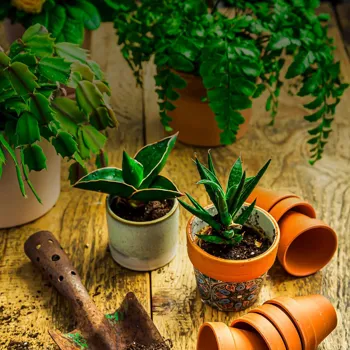
If it feels moist, better wait. Water thoroughly, until water drains out of the bottom of the pot. This ensures the entire root ball is getting a drink. Empty the excess water that collects in the saucer. Letting your plant sit in standing water can lead to root rot.
Different plants have very different watering needs depending on variety, climate, and season. Succulents and cacti need very little water. Ferns and tropical plants like more. Reduce watering in the winter when the plant's growth slows down. Observe your plants.
Wilting leaves can indicate both underwatering and overwatering. Get to know your plant's watering needs and adjust accordingly.
Choose the Right Pot and Soil
The pot and soil are your plant's home, so they need to be right. Make sure your pot has drainage holes. These prevent water from building up in the bottom of the pot and causing root rot. Choose a pot that's slightly larger than the plant's current root ball.
Re-potting into too big of a pot can lead to the soil staying too wet. Use the right type of soil for your plant. Avoid using garden soil in pots. It is too dense and doesn't drain well. Potting mix is usually the best choice for most houseplants.
Cactus and succulent mixes are designed for plants that need fast-draining soil. Consider the material of the pot. Terracotta pots are porous and allow the soil to dry out faster, which is good for plants that don't like to stay wet.
Choose the correct base soil, depending on what plant is required. Plastic pots retain moisture for longer. So make sure that you know what type of potting mix you have.
Feeding Your Green Friends
Plants need nutrients to grow strong and healthy, just like us. While they make their own food through photosynthesis, they also need essential nutrients from the soil. Over time, the nutrients in the potting mix get used up, so you need to replenish them with fertilizer.
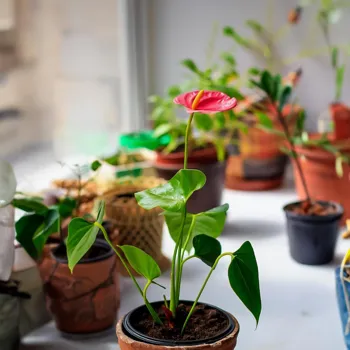
Use a balanced liquid fertilizer specifically formulated for houseplants. Follow the instructions on the label carefully. Don't over-fertilize. Also make sure that the fertilizer ingredients are balanced. Over-fertilizing can burn the roots and damage the plant.
Fertilize your plants during the growing season (spring and summer) when they are actively growing. Reduce or stop fertilizing in the fall and winter when growth slows down. Look for signs of nutrient deficiencies, such as yellowing leaves or stunted growth.
Plants need different kinds of supplements if they are not fruiting properly. Adjust your fertilizing schedule accordingly. Fertilizers come in different forms, such as liquid concentrates, slow-release granules, and fertilizer spikes. Choose the type that's easiest for you to use.
Keep an Eye Out for Pests and Diseases
Pests and diseases can be a common problem for houseplants. Regularly inspect your plants for signs of trouble, such as small insects, sticky residue, or discolored leaves. Catching problems early can prevent them from spreading and becoming more difficult to treat.
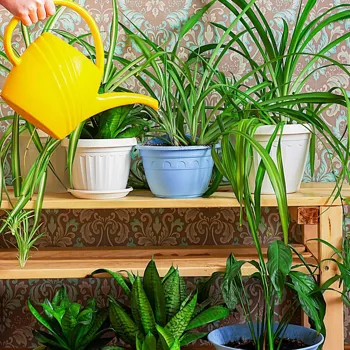
Common houseplant pests include aphids, spider mites, mealybugs, and fungus gnats. If you spot pests, isolate the affected plant from other plants to prevent the spread. Treat the plant with an appropriate insecticide. There are many natural and organic options available.
You can also try wiping the leaves with a damp cloth or spraying the plant with insecticidal soap. Overwatering can lead to fungal diseases. Make sure that if the plant is infected then you should remove it immediately. Improve air circulation around your plant to help prevent fungal problems.
Listen and Learn from Your Plants
Gardening is a continuous learning process. Every plant is unique, and they all have their own individual needs. The beauty of that all translates to a unique journey. Pay attention to your plants. Learn to recognize the signs that they're happy or unhappy.
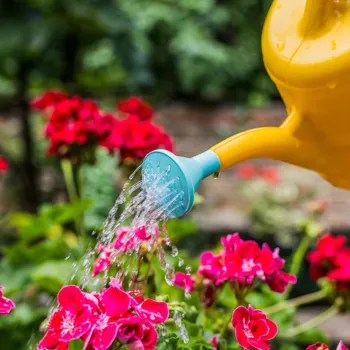
Watch how they react to different conditions and adjust your care accordingly. It needs time to understand. Don't be afraid to experiment. Try different watering schedules, locations, and fertilizers to see what works best for your plants.
The more you observe and learn from your plants, the better you'll become at caring for them. Enjoy the process! Plant parenting is a rewarding experience that brings a touch of nature and beauty into your life. Have fun, experiment, and don't be afraid to make mistakes. Happy gardening!
AI Generated Content. Glance/InMobi shall have no liability for the content